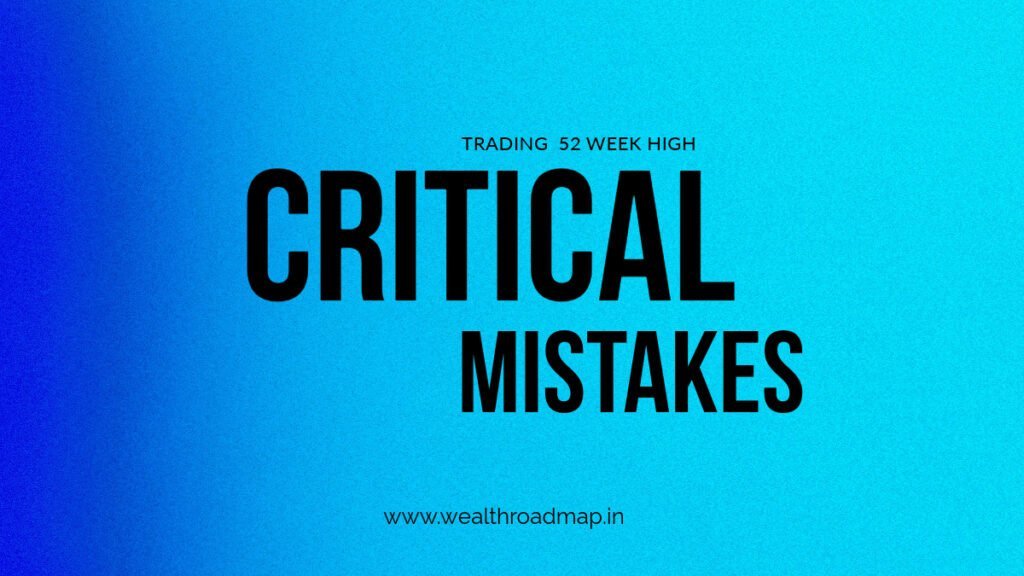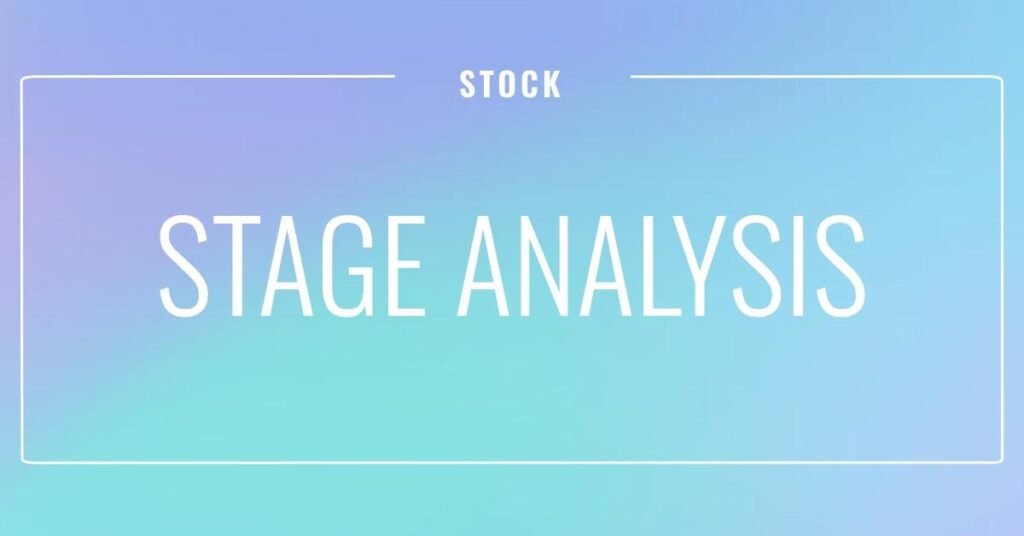Table of Contents
Introduction
Trading and Investing in the stock market is not just about numbers and financial ratios. It’s also about understanding the human psychology that drives market trends and influences decision-making.
One intriguing phenomenon that investors and Traders often encounter is the concept of “52 week high strategy”. In this comprehensive guide, we will delve into the psychology behind 52 week highs, explaining why investors and Traders should pay close attention to this phenomenon.
Understanding 52 week high strategy
A 52-week high refers to the highest price at which a stock has traded over the past year. It’s a significant milestone that captures investors’ and Traders’ attention and can lead to both excitement and caution.
But why does this specific point in a stock’s journey matter so much to investors? Allow us to delve into the intricate psychological elements that come into play.
Psychology Behind 52 Week High

1) Anchoring Bias and Perceived Value
When a stock reaches its 52-week high, investors often use this price as an anchor point for evaluating its worth.
This cognitive bias, known as anchoring bias, can affect their perception of the stock’s value.
Investors might feel that the stock is now overpriced and hesitate to buy, fearing a potential downturn.
On the other hand, those who already hold the stock might be reluctant to sell, hoping for even higher gains.
2) Herding Behavior and Fear of Missing Out (FOMO)
As a stock hits its 52-week high, the fear of missing out (FOMO) can intensify among investors. The herd mentality kicks in, and people might rush to buy the stock to avoid feeling left out.
This collective behavior can lead to rapid price increases, but it’s essential to recognize that the market is not always rational.
FOMO-driven buying can result in inflated prices that are not necessarily backed by solid fundamentals.
3) Loss Aversion and Profit-Taking
Investors are naturally averse to losses, and this psychological phenomenon can impact their decision-making at 52-week highs.
They might be more likely to sell their holdings to secure profits, fearing that the stock’s value might drop after reaching its peak.
This tendency to lock in gains, known as profit-taking, can influence the stock’s price trajectory after a 52-week high.
4) Confirmation Bias and Selective Information
Confirmation bias is the tendency to seek information that supports one’s existing beliefs while ignoring conflicting data.
When a stock hits its 52-week high, investors might be more inclined to find positive news and opinions that validate their decision to invest in the stock.
This bias can cloud their judgment and prevent them from objectively evaluating potential risks.
5) Regret Aversion and Decision Avoidance
Investors might experience regret if they miss out on an opportunity to buy a stock that continues to soar after reaching its 52-week high.
This regret aversion can lead to impulsive decisions, causing investors to buy at inflated prices without conducting thorough research.
Additionally, the fear of making the wrong choice can result in decision avoidance, where investors refrain from taking any action altogether.
6) Behavioral Pitfalls in Bull and Bear Markets
The impact of the psychology behind 52-week highs is evident not only in bull markets but also in bear markets.
In bullish conditions, the fear of missing out can drive irrational buying, while in bearish environments, loss aversion might prevent investors from selling even as the stock value plummets.
Being aware of these pitfalls can help investors make more informed decisions regardless of the market sentiment.
Navigating the Psychological Minefield: Strategies for Investors

Image by Ylanite Koppens from Pixabay
1. Rational Evaluation
While emotions are an inseparable part of investing, grounding decisions in rational evaluation is essential.
Instead of solely fixating on a stock’s 52 week high strategy, consider the broader context, including the company’s financial health, industry trends, and overall market conditions.
By understanding the fundamentals, you can make informed decisions that aren’t solely driven by psychological biases.
2. Long-Term Perspective
Investing is a journey, and focusing solely on short-term swing trading peaks can lead to missed opportunities for long-term growth. Successful investors recognize that a stock hitting its 52-week high doesn’t necessarily mean it’s overvalued or destined to drop.
By adopting a long-term perspective, you can ride out short-term fluctuations and capture the real potential of your investments.
3. Diversification
Diversifying your portfolio can act as a safeguard against the psychological pitfalls associated with 52-week highs momentum trading. A well-diversified portfolio spreads risk across different assets, industries, and geographic regions.
This approach can help mitigate the impact of individual stock fluctuations and reduce the emotional burden of watching a single stock’s price movements
Conclusion
In the world of investing, understanding the psychological aspects that shape decision-making is just as crucial as analyzing financial data. The phenomenon of 52-week high highlights how cognitive biases and emotions can influence stock prices and trading volumes.
As an investor, recognizing these psychological factors can empower you to make more rational and informed choices, ultimately contributing to a successful investment journey.
So, keep an eye on those 52-week highs, but remember to approach them with a balanced and analytical perspective.
As you wrap up this insightful journey into the psychological aspects of 52 week high strategy, remember that successful investing goes beyond crunching numbers—it’s about understanding the intricate dance between data and human behavior.
Armed with this newfound knowledge, you’re better equipped to make sound decisions that reflect both your financial goals and your emotional well-being.
Pass the Torch
But why stop here?
Share the wisdom you’ve gained with your fellow investors, friends, and family. The power of knowledge multiplies when it’s shared.
Spark a conversation that can enlighten, empower, and perhaps even reshape the investment strategies of those around you. The “aha” moment you experienced while reading this article could be the catalyst for someone else’s financial breakthrough.
So go ahead, spread the word—your share button is below, eagerly waiting for your click.
Let your impulse to share be driven not just by the urge to disseminate information, but by the desire to uplift and transform the investment experiences of others.
Together, we can create a community of informed investors who navigate the markets not only with shrewdness but also with a deep understanding of the psychological forces that shape our financial world.





